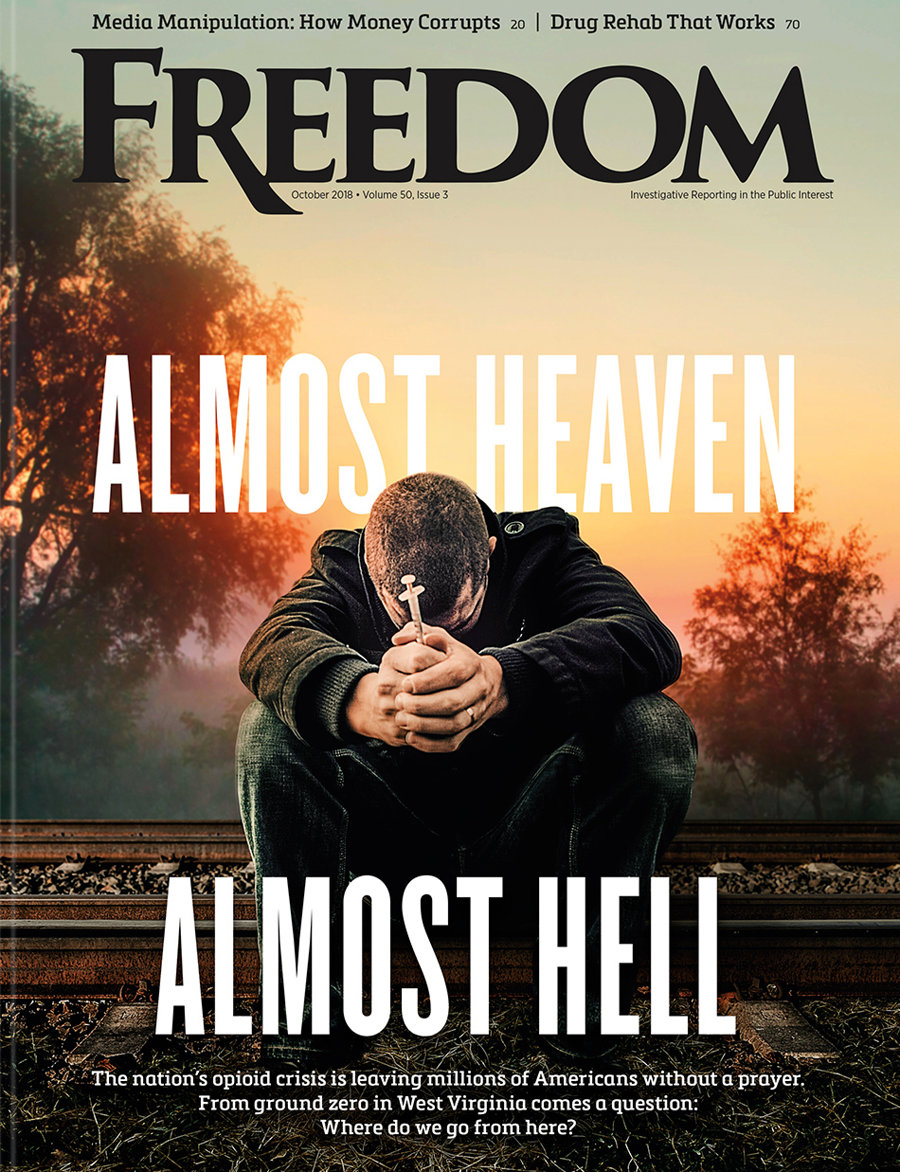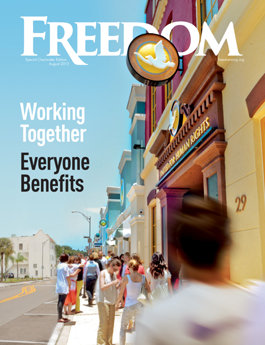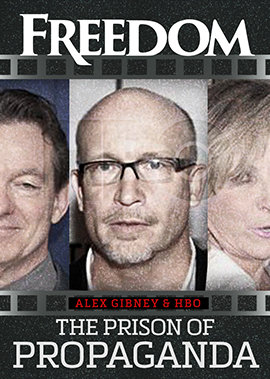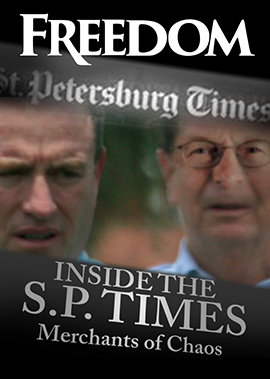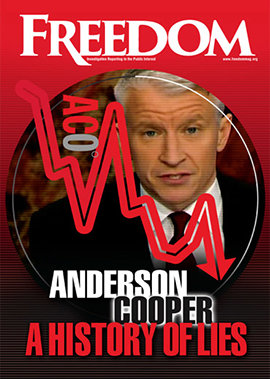In addition to the possible obstruction of justice, American-Statesman reporters have raised multiple issues of “conflicts” surrounding Live PD and its practices, including law enforcement officers featured in the program using an “unnecessary” raid to serve an arrest warrant, solely to get it on film, and featuring officers with “more aggressive” attitudes during arrests. Will these serious legal and ethical issues surrounding Live PD involvement in police procedures be sufficient to break up A&E’s unholy alliance with its co-producer and host Dan Abrams?
A&E clearly likes conflict, but this kind of conflict is not the typical fare even in its own reality—which focuses on the exploitation of social ills and controversy for profit.
As protests, political fallout and debates rage on about racial injustice in America’s courts, police brutality against minorities, racist policing and criminal justice policies, and resulting social unrest, much filmable conflict abounds.
But that is not A&E’s bill of fare. What A&E—and Dan Abrams—apparently like most is a good punch in the face, a violent struggle, all captured on video in some American courtroom, replayed over and over again. Because while Live PD has been cancelled—and while Abrams makes excuses for pandering on that program to voyeurs of violence—another Abrams-A&E enterprise, Court Cam, recently renewed for another season, goes on unimpeded and unexamined.
Using footage from courtroom cameras, the program winnows out for airing violent episodes of rage by victims against defendants, by defendants against court officials, police and others. Flying fists, angry words, all in tragic circumstances. Abrams sometimes follows with news-like interviews of participants in which he portrays himself as sympatric with journalists and sympathetic to victims.
Typically, like Live PD, combatants on Court Cam are racial minorities. As critics in Black Lives Matter protests and civil rights groups have charged, such programming serves the “normalization” of violence, contributing to ethnic distrust and disrespect.
Conflict, of course, grabs attention. Attention drives viewership and page views, especially when conflict leads to “real” violence. Despite those concerns, A&E continues to pander to those worst instincts in viewers who end up seeing reinforcement for already stereotyped perspectives of minorities—ethnic, racial, religious.
It is a cynical menu that some advertisers and marketers nonetheless continue to support—with little concern for social responsibility and the impact on real lives in the content they are sponsoring.
A higher ethical road is a steep climb for A&E and for Abrams, but the hard questions must be asked and answered. This is the time for A&E Networks President Paul Buccieri, President of Television Rob Sharenow and head of programming Elaine Frontain Bryant to do some serious soul-searching. This is the reality they must confront.







